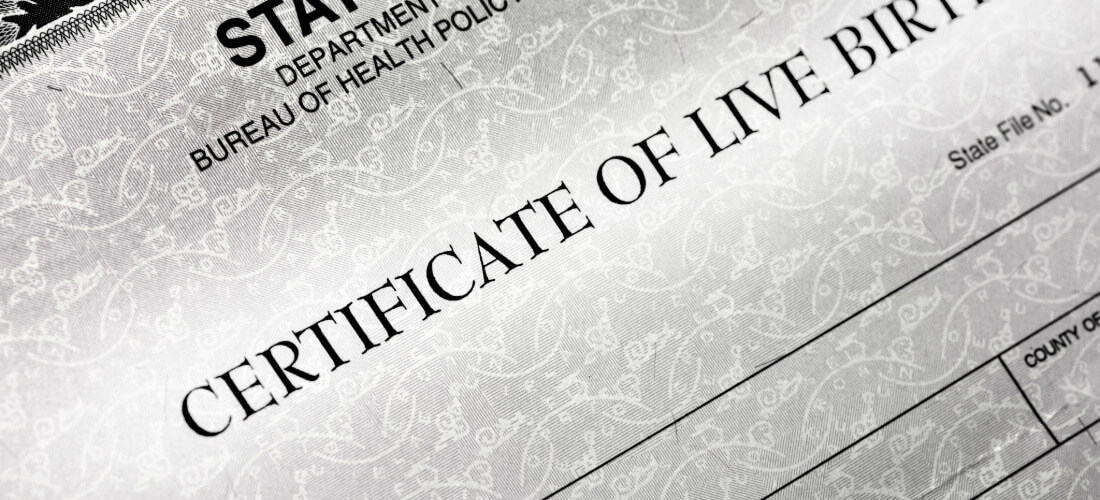
We recently announced that our Occupational Tax Solution has launched in Boone County, Kentucky. You can read the full announcement here.
Given the nuances of Occupational Tax in Kentucky, the GovOS team did a deep dive into the biggest challenges counties face when going digital. In general, paper-based processes that require a heavy manual intervention create a huge draw on time and resources. Within those processes, we identified three ‘pressure points’ where the GovOS Occupational Tax Solution could help streamline workflows, improve accuracy, and speed time to completion. These are:
1. Making It Easier for Individual Filers
Even the most straightforward tax filing is susceptible to delays due to miscalculations, illegible handwriting, missing data or paperwork, or just a general backlog of work around filing deadlines.
What’s more, today’s taxpayer wants to be online. It makes life easier for everyone. Based on adoption rate data in our other tax filing systems—historically we’ve seen a 95% paperless opt-in rate for users—it’s clear that when given the choice between paperwork or going paperless, taxpayers want to be online.
So, one of the first priorities for the team was identifying all the points at which manual data entry takes place in the remittance process and replace those points with online forms, automated calculations, automated field entries, and required fields (fields that won’t allow a form to be submitted if left blank). Errors at any point in this process create more work for the county employees who then need to follow-up with taxpayers and ask them a clarifying question or, even worse, require them to resubmit all over again.
On top of making the submission process easier, it’s now easier for filers to understand how much they owe. Often with paperwork, taxpayers weren’t sure what their obligations were. In this new online version, we made sure to present that information on the form being submitted. This way, taxpayers have all the information they need to be compliant.
2. Making It Easier for Payroll Providers
Of course, individual taxpayers are only part of the equation when it comes to tax remittance. Payroll provider submissions are susceptible to the same errors mentioned above, but those errors are compounded when filing for multiple businesses at once. Service provider entries done incorrectly leave the government trying to reconcile multiple incomplete returns.
Based on feedback we heard, service providers were also unhappy with the previous occupational tax system. They either didn’t want to use paper at all or didn’t want to adhere to the stated paper form rules, and governments had no way to enforce the rules. This led to more incomplete or incorrect submissions and more time spent chasing answers.
A big part of this new Occupational Tax Solution is the ability for payroll providers, like ADP, to upload multiple filings as a part of one submission. They can also ‘Save and Continue’ if they don’t have all the required information ready as they’re preparing their submission. On top of that, we’ve established an ACH credit specification guide, which is customized for each jurisdiction we work with and will make online payments easier.
3. Accounting for (Almost) Every Variable
We also built this new Occupational Tax Solution to flex to meet the needs of taxpayers. Some of the key situations we’ve accounted for:
- Accessible Overpayment Management – Taxpayers can manage all overpayments themselves and easily apply overpayments to their current year return. If the current year return results in a credit, the taxpayer can easily apply the credit as an overpayment to next year’s return.
- Easily Manage Extension Requests – Gone are the days of a paper request and manual calculation of the extension payment due. Taxpayers can file extensions themselves through the original gross receipts/net profit due date and utilize the auto calculation extension payment form to remit their amount due.
- Business Tax AND Payroll Tax – For businesses using net income on a net profit return, we added an audit module to audit deductions, communicate deficits with the taxpayer, and collect the amount due online. And within the same platform, W2 reconciliations automatically populate with the business annual reconciliation data and employee W2 data. This means jurisdictions can easily identify and pursue incorrect withholding per employee and collect any amount due from the taxpayer online.
Our biggest takeaway from this whole process? Occupational tax is not easy, and we have the utmost respect for government employees who have been tackling it manually for so long. We believe this new system can streamline processes for counties throughout Kentucky, and help local governments digitize a vital tax component, thereby improving lives for their citizens and businesses.










